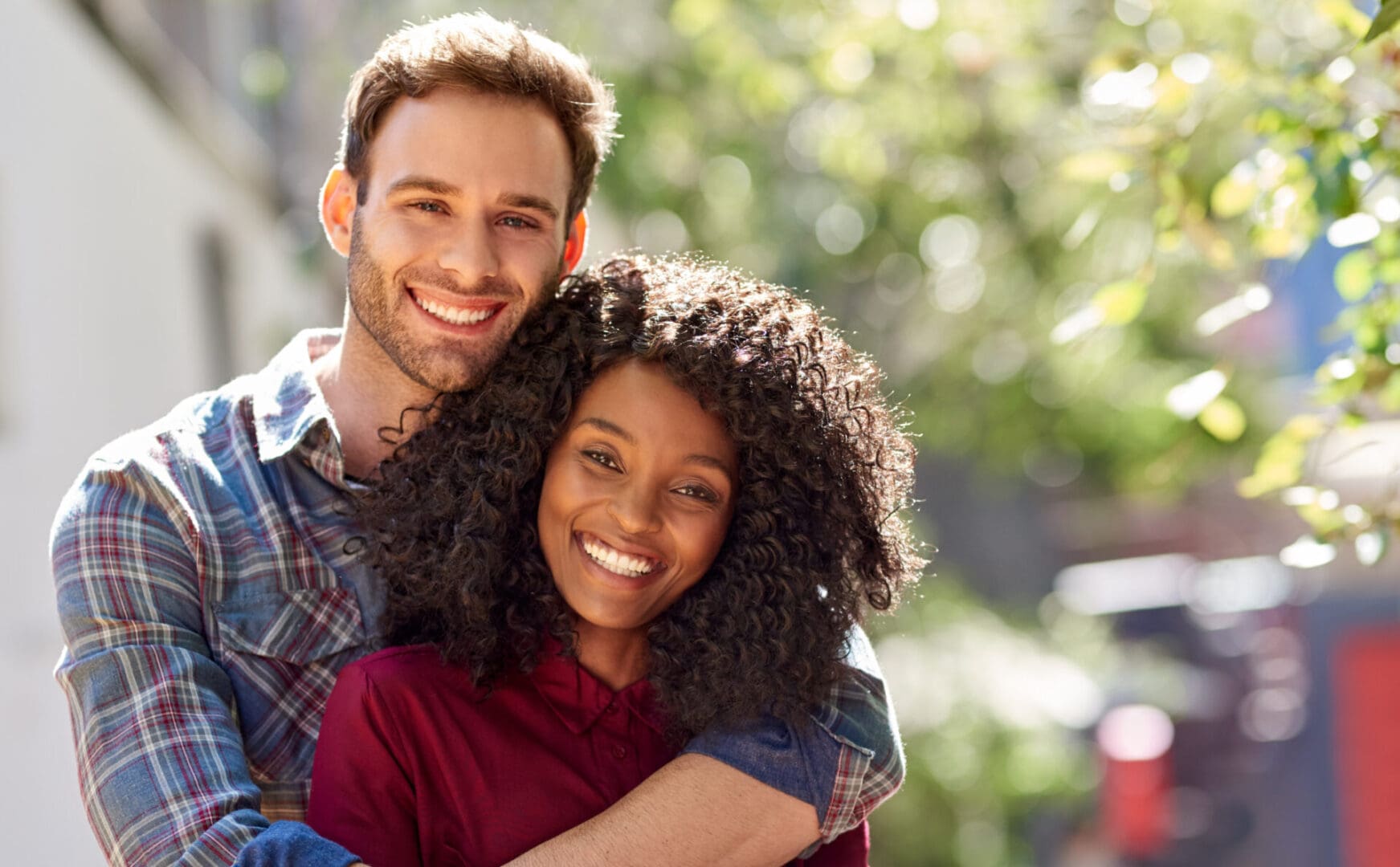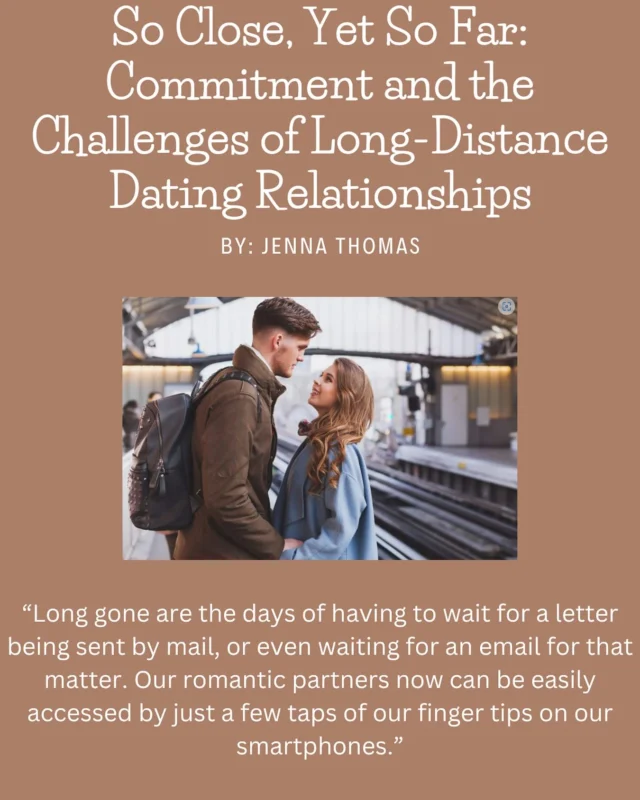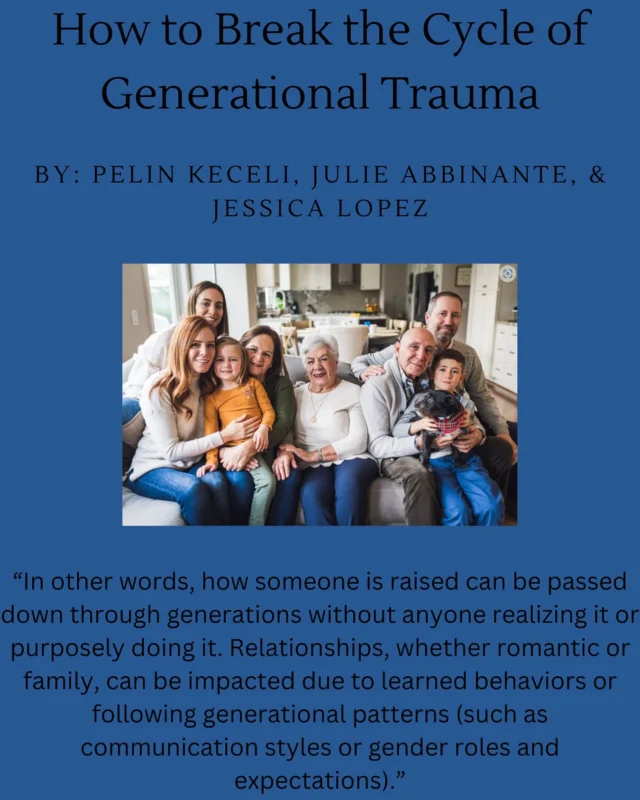The first time I heard about racial preferences was when my past partner told me they would “never date a White person again and preferred dating Black people.” Their answers were unclear when I inquired about their motivations for this preference. It made me question what racial preferences are, why people have them, and the moral consensus of them. Previously on the blog we have discussed how to overcome the challenges of interracial romantic relationships. In this blog, we will gain a foundational understanding of racial preferences in romantic and sexual relationships.
Defining Racial Preferences
When I was introduced to racial preferences, I assumed this concept meant that people had one racial group they were interested in the most but did not exclude others. So, while a person may prefer to pursue individuals from a particular racial group romantically, they would still consider other potential partners outside their preferred group. Most research, including the ones analyzed in this post, defines racial preferences solely in an exclusionary manner. This definition means that individuals will not consider others for partnership because of their race. The term racial preferences has also been used interchangeably with sexual preferences in research. For clarity, I will use sexual preferences and racial preferences as well.
Prevalence of Racial Preferences
When exploring statistics from dating apps, experts have discussed the interplay between societal attitudes, dating experiences, and racial preferences. From 2009 to 2014, OkCupid, an online dating app, conducted an annual survey on how men and women view the attractiveness of people from different racial groups (Rudder, 2014). The results included matches of the same race (e.g., White men rating White women) and interracial (e.g., White men rating Black, Asian, and Latino women) matches. Black women were consistently rated as less attractive than average by men of all racial groups. Similarly, Asian men and Black men were rated below average by all women except in homo-racial assessments (e.g., Asian women rated Asian men; Black women rated Black men).
These internal perceptions can influence how they romantically and sexually interact with people of different races, both in-person and online. Dating app users often customize their experiences to match their sexual preferences. According to Luke Huxley and Michael Thai (2023), these preferences are expressed in blatant and subtle manners. Subtle expressions include behaviors that do not explicitly communicate the preference, like blocking profiles, ignoring messages, and using race filters. In contrast, blatant expressions explicitly communicate the preference, like a profile’s biography declaring “White guys only” (pp. 1-2).
Studies on Racial Preferences in Romantic & Sexual Relationships
Understanding the motivations behind racial preferences provides context to their prevalence in today’s dating realm. For instance, Thomas Le and Lydia Ahn (2023) surveyed 207 Asian American women to understand the sociological factors that influence their romantic and sexual perceptions of men. Participants were asked to rate on a scale their attraction towards and likelihood of dating Asian, Latino, Black, and White men. Additionally, they were asked to rate whether they agreed to statements relating to resistance and empowerment, internalized racism, and desire for status. The significant correlations between these prompts are as follows (pp. 7-9):
- Internalized Racism — This factor is characterized by White supremacist beliefs and actions that are held as valid by people of color. Examples of this concept include self-hatred for one’s racial group and accepting the actions of White people as the norm (p. 2). Results of the study showed strong correlations between internalized racism, high preference for dating White men, and low preference for dating Asian men. A motivation for these correlations the authors suggest relates to hypergamy theory, which states that our choices are influenced by our perception of our own and others’ social power (p. 2). As a marginalized group, Asian American women may believe they have low social power and are willing to date someone who has more social power than they do to improve their status, which may explain the high preference to date White men, a dominant social group.
- Resistance and Empowerment — These strength-based factors are characterized by actions that challenge racism (p. 3). Examples of these concepts include working with groups that want to resist racism and sharing others’ creative works about racial discrimination (p. 5). Asian American women who engage in these actions are more likely to prefer dating Black and Latino men and to find Black, Latino, and Asian men physically attractive. The authors’ study and literature review suggest that simply being around individuals who advocate resistance and empowerment can increase the chances for Asian American women to be attracted to them, which includes Latino and Black men. Another motivation stems from critically examining and rejecting White beauty standards as a form of combating racism, which increases the likelihood of Asian American women being attracted to men of color.
- Desire for Status — This factor is characterized by wanting to achieve socioeconomic and social status. Asian American women who had a strong desire for status had a low preference for dating Black men. There were several proposed reasons behind this correlation, one being supporting white supremacy views. Another relates to colorism – prejudice against individuals with darker skin tones – within the Asian American community, which encourages inferior perceptions of Black men. Lastly, stereotypes contribute to this dating preference. The model minority myth, defined by the Pew Research Center, illustrates the Asian American population in the United States as “high-achieving economically and educationally” (Ruiz et al., 2023). This idea can instill pressure on Asian Americans to uphold these standards through their actions, including their dating choices. Negative stereotypes about Black men that are oppositional to these high-achieving desires may drive Asian American women away from dating Black men.
Overall, Le and Ahn highlighted how some motivations for racial preferences can be derived from societal factors, including prejudice, stereotypes, and social justice. While these results are specific to Asian American women, it is possible that individuals from other racial backgrounds could have similar reasons for adopting these preferences. It is also possible that motivations for racial preferences extend beyond societal factors not reflected in this blog.
Luke Huxley and Michael Thai (2023) delved into how others perceive individuals with a racial preference. In the experiment, 200 individuals were split evenly to view one of two mock dating profiles. The sole difference between the profiles was that one profile stated a racial preference (e.g., “No Blacks or Asians”) in its biography. After viewing their assigned profile, participants rated it and their experience on several qualities (pp. 4-5). The overall results from these ratings are as follows, with highlighted results from participants of color (pp. 5-7):
- Racism — This quality concerned how racist the participant thought the person was. Participants perceived the person expressing a racial preference as more racist than the person who did not. This was also significant for participants of color.
- Attractiveness — This quality concerned how attractive the participant thought the person was. Participants perceived the person expressing a racial preference as less appealing than the person who did not. This was also significant for participants of color.
- Global Perceptions — This quality concerned with the beliefs held by the participant, including how trustworthy, intelligent, and likeable they thought the person was. Participants perceived the person expressing a racial preference with less positive global perceptions than those who did not.
- Willingness to Connect —This quality concerned how willing the participant was to meet with the person for romantic, sexual, or platonic purposes. Participants were less willing to meet with the person expressing the racial preference than the one who did not.
- Negative Affect — This quality concerned the participant’s negative emotions (e.g., anger, upset, irritability, etc.). Participants had higher ratings of negative affect viewing the profile with the racial preference compared to the one that did not.
- Positive Affect — This quality concerned the participant’s positive emotions (e.g., happiness, confidence, excitement, etc.). Participants had lower ratings of positive affect viewing the profile with the racial preference compared to the one that did not.
Moral Perceptions of Racial Preferences
Huxley and Thai’s research provides insight into a vital and thoroughly debated aspect of racial preferences: their morality. During my time online, I have noted that many people intuitively believe racial preferences are problematic and racist. In my discussions with friends, they often think the issue lies in how people act upon their racial preferences rather than the preference itself. When researchers weigh into this debate, many highlight the disproportionate use and negative effects of racial preferences.
Huxley and Thai’s results unveil the possibility that “disclosing racial preferences in online dating negatively influences the dating experience for both the people disclosing the preferences as well as onlookers” (p. 8). Dating users who view the preference may feel unfairly rejected as if they never had a chance based on characteristics they cannot control. This negativity can be more amplified for people of color, who may sense racist undertones and face disproportionate rejections through these preferences (p. 1). If onlookers have a negative perception of racial preferences, then they are likely to view the person with the preference negatively as well. This could taint that person’s image, limiting their chances of achieving their desired dating goals.
In an interview with Liz Mineo for The Harvard Gazette, sociologist Apryl Williams analyzed the results from the OkCupid study discussed earlier in this post. Williams explained that these results reflect anti-Black and anti-Asian sentiments influenced by societal ideas surrounding Asian masculinity and Black femininity (Mineo, 2024, para. 8). Mineo added that “dating-app users often select matches based on racial preference, which tends to perpetuate racial biases” (para. 7). Williams concurred, explaining that even though dating apps work well for individuals who have racial preferences, it has negative effects for those who view those preferences. This statement aligns with reports of women of color experiencing racial fetishization (para. 10) – where individuals are sexually attracted to someone solely because of their race.
Alongside perceived impacts, researchers have curated arguments on the moral defensibility of racial preferences. In other words, could racial preferences, and therefore other sexual/romantic preferences, be morally acceptable? In 2019, Mohammad Harith Aslam Khawaja created a framework surrounding the “fair chance principle,” which states that we should give everyone an opportunity to be a potential romantic partner (p. 39). Therefore, racial preferences would not be morally defensible because they eliminate the opportunity for individuals to be considered for partnership because of their race. According to Khawaja, “fulfilling the ‘fair chance’ requisite is necessary to overcome internalized racially prejudiced dating preferences and to create a racially integrated and inclusive society” (p. 43).
B. V. E. Hyde (2022) proposed a counterargument to Khawaja’s framework to support racial preferences’ moral defensibility. Though Hyde’s piece is comprised of eight main ideas, the following three are in direct response to Khawaja’s fair chance principle (pp. 2-4):
- If There is A Wrong, There Must Be A Right — In saying that having a racial preference is morally unacceptable, there must be a morally acceptable way to consider potential sexual or romantic partners. Khawaja suggests adopting the fair chance principle but also points out that “no person or race has a right to sex or partnerships.” Hyde declares these ideas contradictory; if no one is entitled to partnership, then it does not make sense to be obligated to consider everyone for those relationships. Hyde states that we are entitled to have unequal consideration and treatment in all our relationships, not just sexual or romantic.
- Sexual Attraction — Sexual (or romantic) partnership depends on whether one person is attracted to another. As a society, we have found it morally acceptable that we have personal factors that can discourage our attraction to someone, like personality traits or hygiene habits. Hyde suggests that these individual factors can also include weight, height, race, and other physical features.
- Equal Treatment is Not the Reality — Even if we had the goal to be indiscriminate in romantic relationships, it does not reflect our true practices in sexual consideration. For example, Hyde declares it would be “inappropriate to date… a fat old man with a criminal record, crippling debt, and a history of domestic violence” to participate in the fair chance principle (p. 4).
It may be difficult to dissect such complex topics, but I believe we need to acknowledge racial and sexual preferences to understand the modern dating sphere. However, it is important to be respectful and consider other perspectives, even if they go against your intuitive thoughts. Whether race or ethnicity is a forefront factor in choosing a romantic or sexual partner, ensure you take the time to consider other vital aspects, including potential red flags and defining your commitment.
References:
- Huxley, L., & Thai, M. (2023). Racial Preferences in the Intimate Sphere Elicit Negative Reactions in Heterosexual Racial Minority and Majority Group Members. The Journal of Sex Research, 1–11.
- Hyde, B.V.E. (2022). Racial preferences in dating are morally defensible. Social Sciences Research Network.
- Khawaja, M.H.A. (2019). Are racial preferences in dating morally defensible? Episteme, 30(1), 35 – 46. Retrieved on March 14, 2024.
- Mineo, L. (2024, April 4). How dating sites automate racism. The Harvard Gazette.
- Ruiz, N. G., Im, C., & Tian, Z. (2023, November 30). Asian Americans and the ‘model minority’ stereotype. Pew Research Center.
- Rudder, C. (2014, September 9). Race and attraction, 2009 – 2014. OkCupid.
- Thomas, P. L. & Ahn, L. H. (2023). Asian American women’s racial dating preferences: An investigation of internalized racism, resistance and empowerment against racism, and desire for status. Sex Roles.
Discover more from Decide To Commit
Subscribe to get the latest posts sent to your email.










